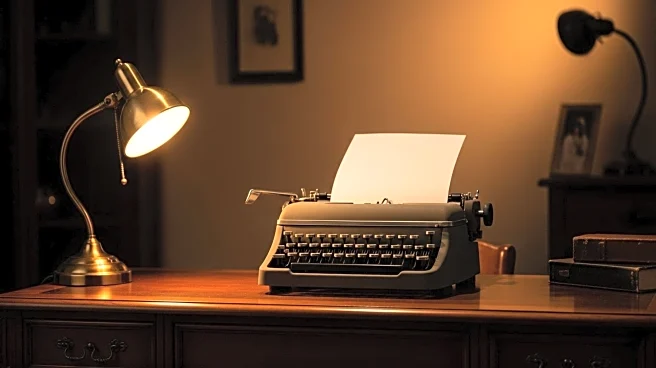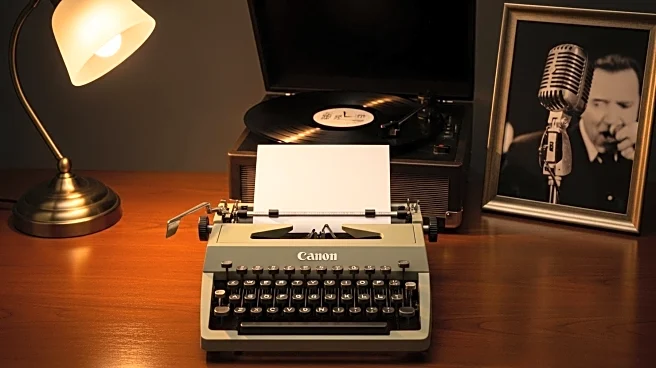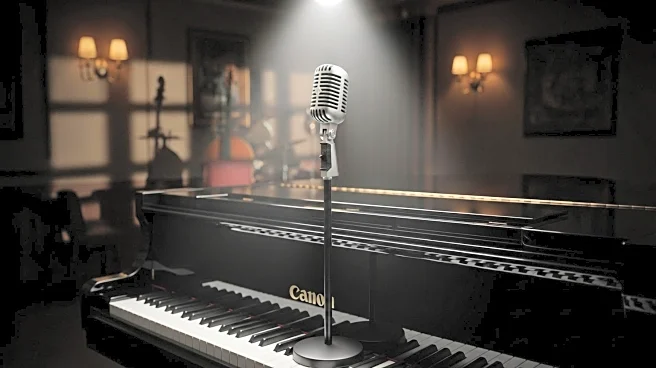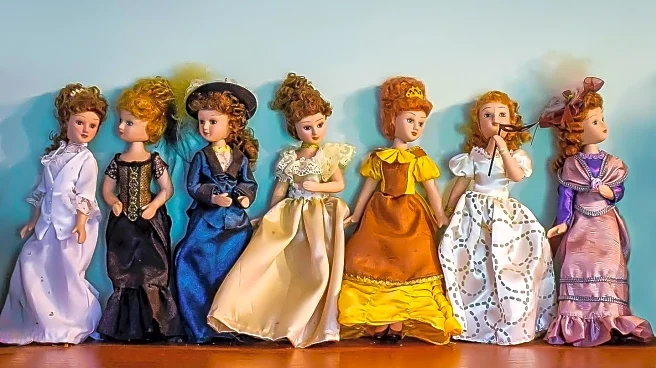What's Happening?
A letter written by Frank Sinatra in 1964 regarding the kidnapping of his son, Frank Sinatra Jr., is set to be auctioned at Bonhams' Unplugged & Unforgettable Music Auction. The letter, addressed to a prison chaplain, discusses the infamous 1963 kidnapping of Sinatra Jr., who was 19 at the time. The kidnappers, Barry Keenan and Joe Amsler, demanded a ransom of $240,000, which Sinatra paid to ensure his son's safe return. The letter reveals Sinatra's emotional response to the incident and his views on the claims that his son staged the kidnapping for fame. The auction is expected to fetch up to $30,000 for the six-page document.
Why It's Important?
The auction of Frank Sinatra's letter provides a rare glimpse into the personal life and emotional struggles of one of America's most iconic entertainers. It highlights the impact of the kidnapping on Sinatra's family and the lasting effects on his son's career. The letter's sale is significant for collectors interested in understanding Sinatra beyond his public persona, offering insight into his role as a father and his response to a traumatic event. This auction underscores the enduring interest in memorabilia associated with cultural legends and the value placed on personal artifacts that reveal their private lives.
What's Next?
The auction is likely to attract bids from collectors and fans of Frank Sinatra, particularly those interested in memorabilia that offers a deeper understanding of his life outside of entertainment. The sale may also prompt further interest in other personal items related to Sinatra, potentially leading to more auctions of similar artifacts. As the letter changes hands, it may continue to be a subject of interest for historians and enthusiasts seeking to explore the complexities of Sinatra's life and legacy.
Beyond the Headlines
The auction of Sinatra's letter raises questions about the ethics of profiting from personal and sensitive historical documents. It also highlights the cultural fascination with celebrity lives and the demand for items that provide insight into their private experiences. This event may spark discussions on the preservation of such artifacts and their role in shaping public perceptions of historical figures.














